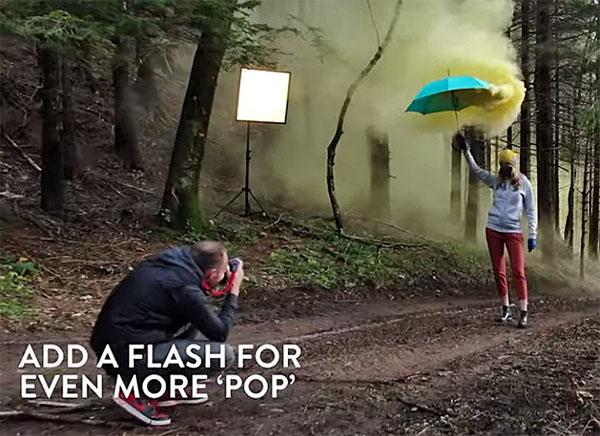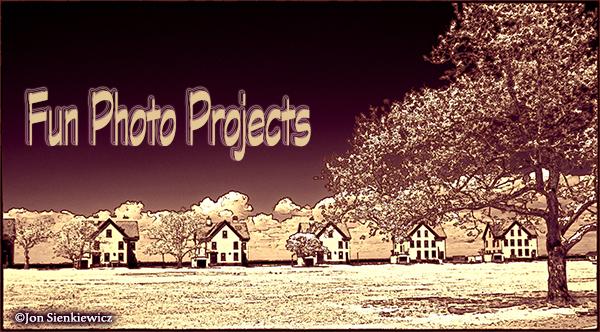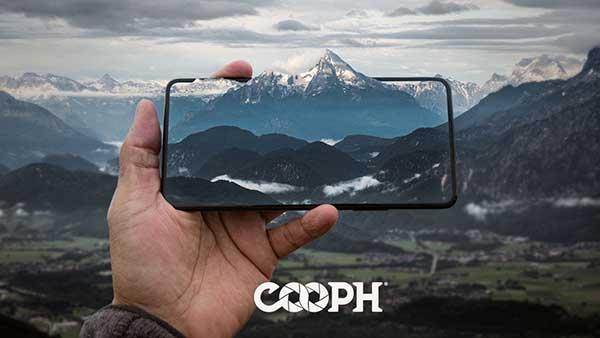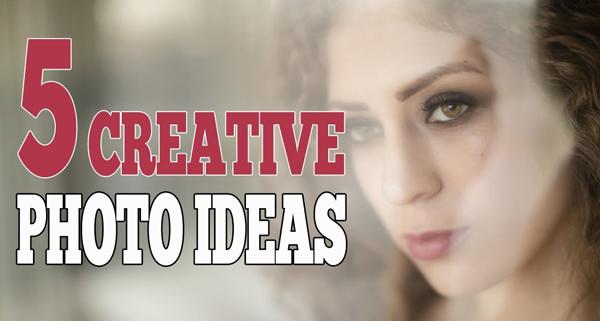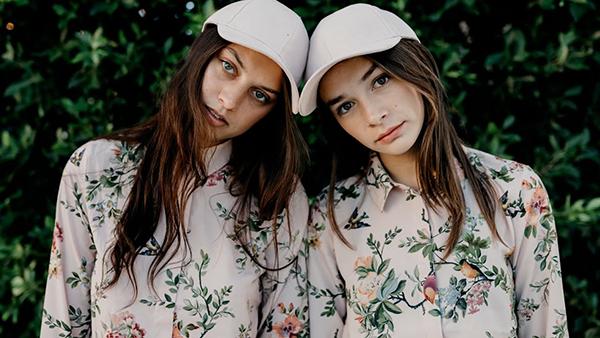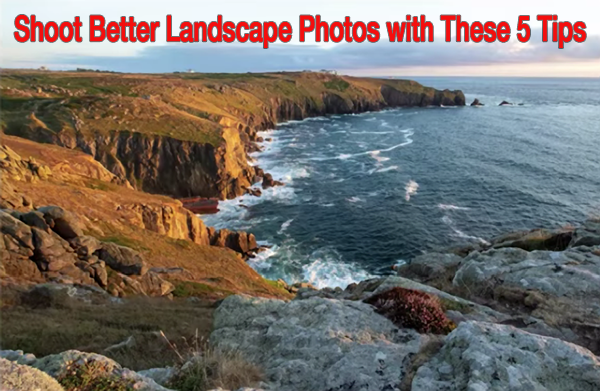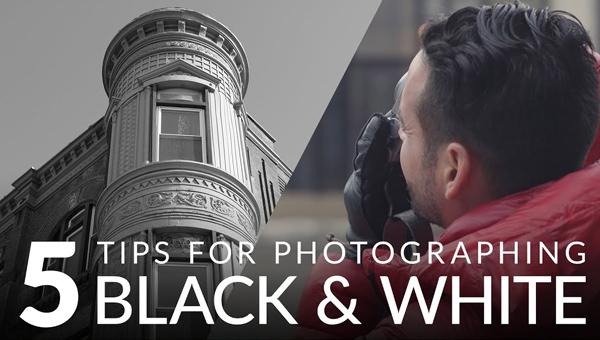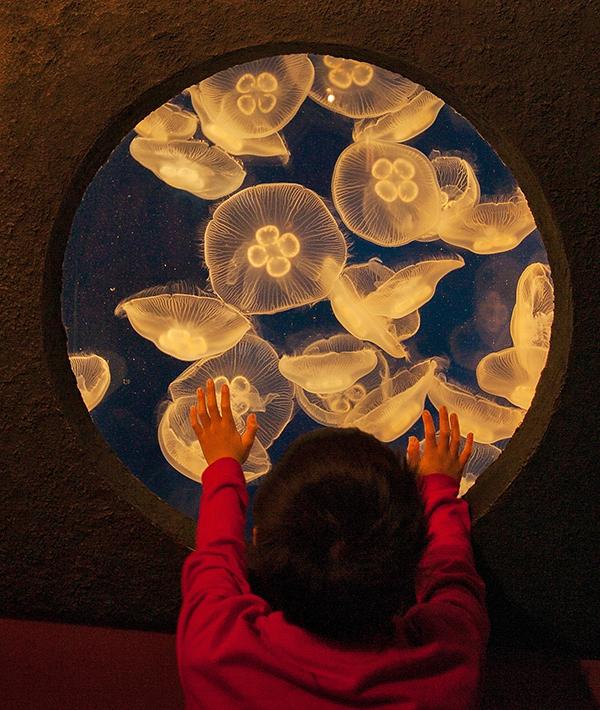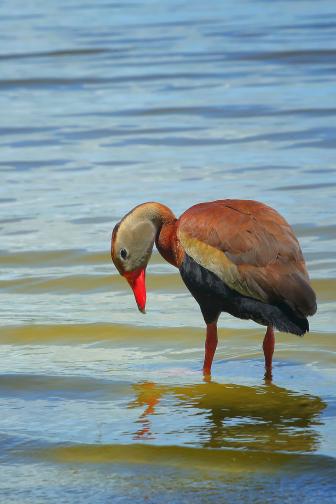Photo How To
Sort By: Post DateTitle Publish Date
|
Dec 06, 2019
|
Jan 08, 2021
|
Jul 13, 2022
|
Jun 06, 2019
|
Aug 02, 2019
|
Oct 20, 2020
|
Feb 08, 2024
|
Sep 07, 2020
|
Aug 21, 2018
|
Mar 02, 2018
|
Aug 02, 2017
